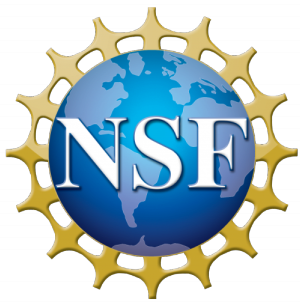July 6th, 2023 | RESEARCH
Spatial ability is a well-known predictor of success in science, technology, engineering, and mathematics (STEM) fields. The purpose of this study was to investigate and understand the spatial strategies that were used by blind and low-vision (BLV) individuals as they solved problems on the tactile mental cutting test (TMCT), an instrument that was designed to measure the spatial ability of BLV audiences. The TMCT is an accessible adaptation of the older, 1938 version of the mental cutting test (MCT) that has been used extensively in spatial ability research. Additionally, this paper seeks to compare these strategies with existing strategies that have been investigated with sighted populations. The BLV community is underrepresented in engineering and in spatial ability research. By understanding how BLV students understand and solve spatial problems and concepts, educators can develop and enhance educational content that is relevant to this population. By incorporating perspectives from the BLV community and making STEM curricula accessible to this population, more BLV individuals may be encouraged to pursue STEM or engineering career pathways.
Document
42_SpatialStrategiesEmployedbyBlindandLow-VisionBLVIndividualsontheTactileMentalCuttingTestTMCT.pdf
Team Members
Theresa Green, Author, Utah State UniversityWade Goodridge, Co-Principal Investigator, Utah State University
Daniel Kane, Author, Utah State University
Natalie Shaheen, Author, Illinois State University
Citation
Identifier Type: issn
Identifier: 2192-4880
Publication: International Journal of Engineering Pedagogy (iJEP)
Volume: 13
Number: 5
Page(s): 42-57
Funders
Funding Source: NSF
Funding Program: Advancing Informal STEM Learning (AISL)
Award Number: 1712887
Funding Amount: $2,101,009.00
Related URLs
Spatial Ability and Blind Engineering Research
Tags
Access and Inclusion: People with Disabilities
Audience: Adults | Educators | Teachers | Museum | ISE Professionals | Scientists
Discipline: Education and learning science | Engineering
Resource Type: Peer-reviewed article
Environment Type: Afterschool Programs | Summer and Extended Camps

